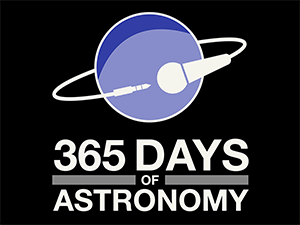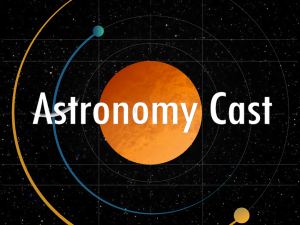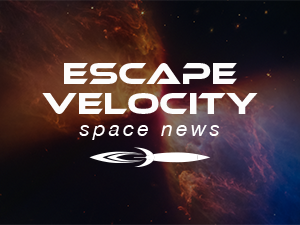
Of course, looking for planets around massive stars tends to be an easier feat than finding them around smaller stars. There is a lot more light to illuminate planets and the dusty disks that form them, and if you’re using the transit method of detection like Kepler and TESS, you have a better chance of catching dips in the light curves.
To that end, a new survey performed using the Gemini Planet Imager has imaged 44 young, massive stars searching for those debris disks. The results, presented at this week’s American Astronomical Society (AAS) meeting and to be published in The Astrophysical Journal, show that stars up to three times the mass of the Sun tend toward having debris disks. Meanwhile, stars larger than three times the mass of the Sun do not have these disks. This difference suggests that there is a cutoff between two separate planetary formation methods.
Oh, and that survey is called Gemini-LIGHTS or Gemini-Large Imaging with GPI Herbig/T-Tauri. Astronomers. What can you do?
More Information
NOIRLab press release
“Gemini-LIGHTS: Herbig Ae/Be and massive T-Tauri protoplanetary disks imaged with Gemini Planet Imager,” Evan A. Rich et al., to be published in The Astronomical Journal (preprint)



